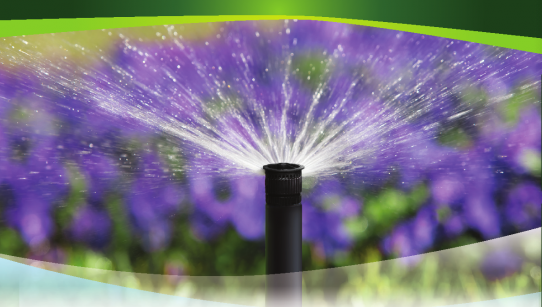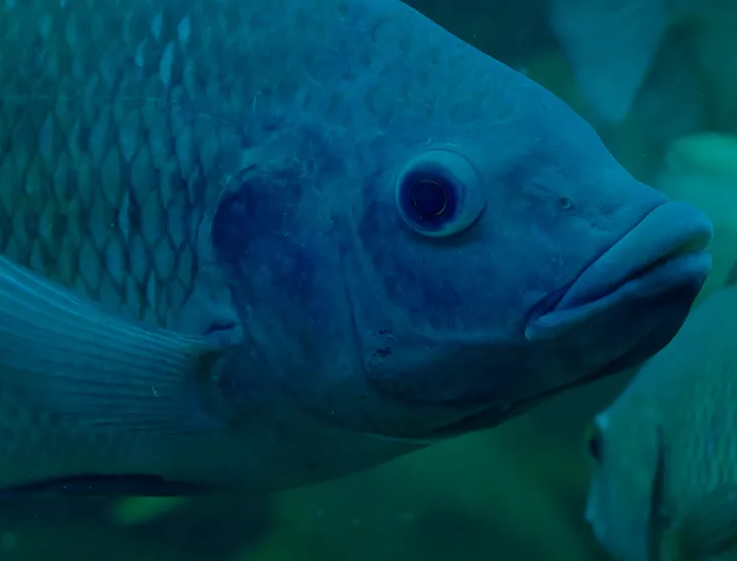Types of fertigation systems and how to choose the right one for your needs
Types of fertigation systems and how to choose the right one for your needs
A fertigation system is a method of providing plants with
both water and nutrients through irrigation. The name "fertigation"
is a combination of "fertilizer" and "irrigation".
Fertigation allows for precise control of the amount and
timing of nutrients that are delivered to plants. This method is often used in
agriculture, hydroponics, and greenhouse operations to ensure that plants
receive the correct amount of nutrients they need for optimal growth and
production.
Fertigation also reduces the amount of fertilizer that is
wasted or lost through runoff, leaching, or evaporation. By delivering
nutrients directly to the root zone, plants can better absorb the nutrients
they need, leading to improved growth, yield, and overall health.
There are several types of fertigation systems available,
and choosing the right one depends on the specific needs of the plants being
grown and the scale of the operation.
Injectors
Injectors are one of the most popular types of fertigation
systems used in agriculture and horticulture. They are simple and easy to use,
making them a popular choice for small-scale growers. Injectors work by using a
venturi effect to draw the fertilizer into the irrigation water.
There are two main types of injectors:
Pressure Differential Injectors: These are also known
as educators or injectors. They work by creating a vacuum that draws the
fertilizer solution into the irrigation water. The pressure differential
injector is installed at the outlet of the pump, and the suction is created by
the pressure difference between the inlet and outlet of the injector. The size
of the injector required depends on the flow rate and the suction needed.
Positive Displacement Injectors: These work by
injecting a precise amount of fertilizer into the irrigation water at a
predetermined flow rate. They work using a motor and pump system that ensures a
consistent flow rate of the fertilizer solution. Positive displacement injectors
are more accurate than pressure differential injectors but are also more
expensive.
Proportional
dosing
Proportional dosing is a highly accurate and sophisticated
type of fertigation system that is commonly used in commercial agriculture and
hydroponic systems. This system uses an electronic dosing pump to inject
precise amounts of fertilizer into the irrigation water based on the plant's
needs. The dosing pump is connected to a control unit that monitors the
nutrient requirements of the plants and adjusts the amount of fertilizer
delivered accordingly.
Proportional dosing systems can be used in a variety of
growing conditions, including hydroponic systems, greenhouse operations, and
large-scale commercial agriculture. They require a higher level of expertise to
install and maintain than other types of fertigation systems, but the benefits
they provide are well worth the investment.
Batch
Dosing
Batch dosing is a type of fertigation system that is used in
small-scale agriculture and horticulture. It is a simple and easy-to-use system
that delivers a predetermined amount of fertilizer to a batch of irrigation
water.
Batch dosing systems consist of a tank or reservoir that
holds a batch of irrigation water and a fertilizer injector that delivers a precise
amount of fertilizer into the tank. The injector is typically a simple,
gravity-fed device that uses a venturi effect to draw the fertilizer into the
water. Once the fertilizer has been added, the water is mixed and distributed
to the plants.
Batch dosing systems are suitable for small-scale
operations, such as home gardens, small farms, and nurseries. They are
relatively inexpensive, easy to install and operate, and require minimal
maintenance. Batch dosing systems are also highly flexible, as growers can
adjust the amount of fertilizer added to the water based on the needs of their
plants.
Drip
irrigation
Drip irrigation systems can be designed to incorporate
fertilizer into the irrigation water, delivering precise amounts of nutrients
directly to the root zone of the plants. This type of fertigation system is
highly efficient, as it reduces water usage and fertilizer waste, and ensures
that the plants receive the optimal amount of nutrients required for growth and
production.
There are several types of drip irrigation fertigation
systems, including:
Surface Drip Systems: These systems deliver the
irrigation water and fertilizer directly to the soil surface around the plants.
They are typically used in row crops, such as vegetables, fruits, and nuts.
Subsurface Drip Systems: These systems deliver the
irrigation water and fertilizer directly to the root zone of the plants, where
they are most effective. They are typically used in permanent crops, such as
orchards, vineyards, and nurseries.
Micro-Drip Systems: These systems deliver small
amounts of water and fertilizer directly to individual plants through tiny
emitters. They are typically used in containerized plants, such as potted
plants and hanging baskets.
Micro
sprinkler irrigation
Micro-sprinkler irrigation is a type of fertigation system
that delivers water and nutrients to crops through a network of low-pressure
sprinklers. This system is typically used in orchards, vineyards, and other
permanent crops, as well as in greenhouse production.
Micro-sprinkler fertigation systems consist of a main water
line that is connected to a series of micro-sprinkler heads. These heads are
placed at strategic locations within the crop area, and deliver water and
nutrients to the plants in a fine mist.
The micro-sprinkler heads are designed to deliver water and
nutrients at a slow, steady rate, which ensures that the plants receive a
consistent supply of moisture and nutrients over a prolonged period of time.
This is especially beneficial in crops with deep root systems, as it allows the
water and nutrients to penetrate deeply into the soil, promoting strong root
development and plant growth.
When choosing a fertigation system, consider the following
factors:
Crop type and size: The type of crop you are growing
and its size will influence the type of fertigation system you choose.
Small-scale systems may be adequate for gardens and greenhouses, while
large-scale systems are needed for larger crops.
Water source: The type of water source you have
available may influence the type of fertigation system you choose. For example,
drip irrigation systems may be ideal for areas with limited water supply, as
they use less water than sprinkler systems.
Nutrient requirements: Consider the nutrient requirements of
your crops and choose a fertigation system that can deliver the right amount of
nutrients at the right time.
Climate: The climate of your area will also influence
your choice of fertigation system. For example, sprinkler systems may not be
ideal for areas with high winds or hot, dry weather, as they can lead to water
loss and evaporation.
Cost: Consider the cost of installation and
maintenance when choosing a fertigation system. Some systems may be more
expensive upfront, but may require less maintenance and save money in the long
run.
By considering these factors, you can choose the right type
of fertigation system that will meet your needs and provide optimal growth for
your crops.







.png)




No comments yet